Recovery Guide: Fueling Gains Beyond the Gym
Master the art of post-workout recovery. This guide covers everything from sleep and nutrition to deloads and science to help you level up your gains and dominate your goals.
Pedro Z
9/18/20254 min read


One common understanding for any gamer is that you shouldn't jump straight into the final boss battle while at low health. The same goes for your fitness journey. Real gains don't just happen during the workout session, but also during the recovery phase that follows.
This isn't just about resting—it's about strategically preparing your body for the next level. Recovery is a holistic process that involves both your physical and mental return to baseline, encompassing everything from repairing muscle damage to clearing out metabolic waste.
So, how do you master the art of post-workout recovery? Think of it as a multi-stage quest with different checkpoints.
Holistic Approach to Recovery Beyond the Gym Walls
Proper recovery extends far beyond your last rep. It's significantly impacted by what you do outside the gym, including your sleep, nutrition, and stress levels. For beginners and intermediate lifters, the best sign that you're ready for your next session is when you no longer feel sore or tired from the previous one. Remember, consistency is the ultimate cheat code to success.
Sleep: This is your body's most powerful repair tool. Aim for at least 7 hours a night to give your muscles time to rebuild and your central nervous system a chance to recharge.
Nutrition: Focus on a balanced intake of protein, carbs, and healthy fats. Check out the Loadout Pantry for high-protein recipes, quick meal prep options, and nutritional strategies to fuel your workouts and recovery. But don't worry! We love food, so there will be some tasty treats in there too.
Auto-Regulation and the Art of the Deload
An innovative training program isn't about pushing to the limit every single day. It's about listening to your body and adjusting on the fly by implementing a concept called auto-regulation. The Rate of Perceived Exertion (RPE) or Reps in Reserve (RIR) scale is a crucial tool for this. It helps you quantify how difficult a set was and how many more reps you could have performed.
Training with RPE: For most workouts, you should aim for an RPE of 7-9 (1-3 reps left in the tank). This is especially important for high-frequency training to prevent excessive soreness and maintain performance.
The Power of the Deload: Think of a deload week as a strategic retreat. It's a planned period of reduced volume and/or intensity (typically a week long) designed to manage fatigue and allow your body to adapt and recover fully. This prevents burnout and overuse injuries, and it's also a great time to focus on your form with lighter weights.
Managing Soreness (DOMS) Like a Pro
Delayed Onset Muscle Soreness (DOMS) is that familiar ache you feel a day or two after a challenging workout. It's a sign of muscle damage, but it shouldn't be the goal of your training, especially if you already have an established routine and train often. Training while sore is generally fine as long as it doesn't compromise your form or increase your risk of injury. Over time, as your body adapts, you'll get less sore from the same workout. This is known as the repeated bout effect (RBE), and it's a sign that your body is getting stronger and more resilient, which can be a great motivator to keep pushing forward in your fitness journey.
This phenomenon, most evident after eccentric (lengthening) exercise, involves neural adaptations, structural changes in the extracellular matrix, and biochemical signaling to reduce inflammation, strength loss, and tenderness from future activity (McHugh M. P. (2003). Scandinavian journal of medicine & science in sports, 13(2), 88–97. https://doi.org/10.1034/j.1600-0838.2003.02477.x)
Optimizing Your Workout: Warm-ups and Rest Periods
Proper recovery starts before the workout even begins. A solid warm-up protocol is essential for increasing body temperature, improving performance, and reducing injury risk. A good warm-up shouldn't leave you fatigued; it should get your body ready for the work ahead.
Warm-up like a boss: Start with 5-10 minutes of light cardio, followed by dynamic stretches that move your joints through a full range of motion.
Rest Periods are for Recovery: Don't rush between sets. Longer rest periods allow for better recovery, so you can lift heavier and perform better on your next set. A good rule of thumb is that for heavy compound movements like squats and deadlifts, you might need up to 3-5 minutes of rest, while isolation exercises might only require 1-2 minutes.
Recovery Toolkit: Supplements & Gear
Recovery isn't just about rest and food—it's also about having the right tools to support your body's healing process.
Hydration: Staying hydrated is non-negotiable for recovery, performance, and overall health. Consider a high-quality water bottle that reminds you to drink throughout your gaming sessions.
Protein Powder: A high-quality protein powder is a convenient way to meet your daily protein goals, especially right after a workout when your muscles are primed for repair. Check out some of the best protein supplements!
Affiliate Opportunity: Compression Gear
Description: Compression gear, like sleeves or tights, can help improve blood flow and reduce muscle soreness.
Call to Action: "Level up your recovery with our top-rated compression gear, perfect for post-workout recovery or long hours at the gaming desk."
Link: [Affiliate Link to a trusted compression brand]
Affiliate Opportunity: Ergonomic Chairs
Description: Poor posture during gaming can lead to back pain and muscle tension, which hinders recovery. An ergonomic gaming chair provides the necessary support, helping you maintain good posture, reduce strain on your back and neck, and improve comfort during long gaming sessions. This can significantly contribute to your overall recovery and performance, making it a worthwhile investment for any serious gamer. Call to Action: "Your posture is key to performance and recovery. Check out the best ergonomic chairs that can save your back during your next marathon session."
Link: [Affiliate Link to a highly-rated ergonomic gaming chair]


